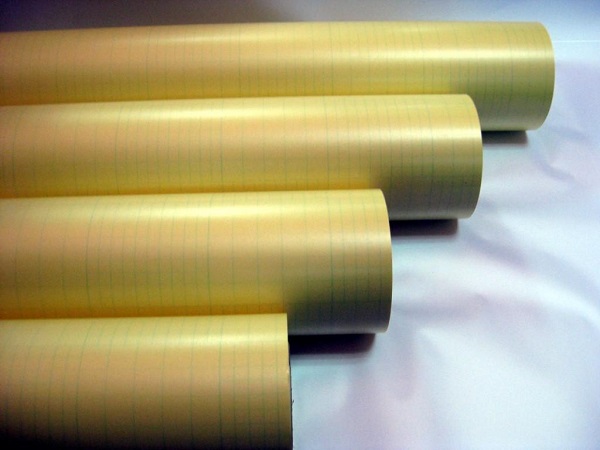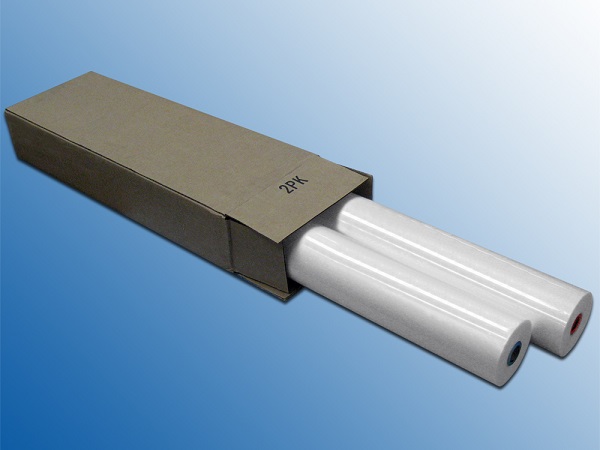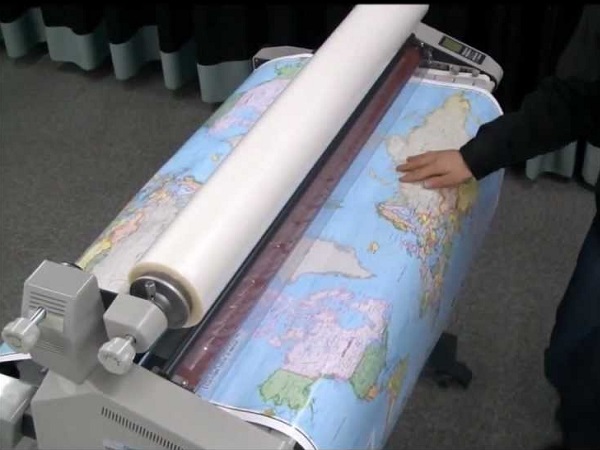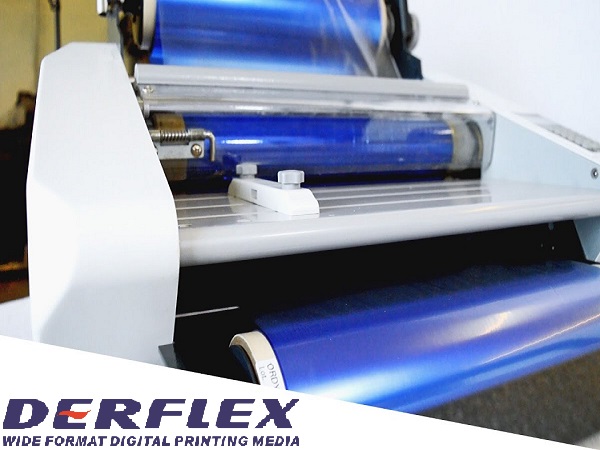Laminating is one of the easiest and most cost-effective methods of preserving and protecting important documents. From menus and pricelists to posters and children’s artwork, laminating has applications in a wide array of businesses and industries. When it comes to laminating film, roll laminating film is the least expensive and most versatile option, but selecting the right rolls for your machine and your specific needs can seem a bit overwhelming. In this guide, we’ll take a closer look at roll lamination film and learn about the various styles available on the market today.




The Basics
Most roll laminating film is thermal (requiring heat to achieve a proper seal) and made from polyester, though there are specialty films that utilize other application processes, such as pressure sensitive film, or materials, such as nylon film. When purchasing roll laminating film, there are four important factors to consider: core size, film grade, roll width, and film thickness. There are other variables to keep in mind, such as film finish (including clear and matte varieties) and roll length, however these are less critical than the other factors.
Key Factors
Being aware of the key variables (core size, film grade, roll width, and film thickness) between different roll laminating films will help you avoid purchasing film that is incompatible with your roll laminating machine. The core size corresponds directly to the size of the mandrel that holds the film on the laminator. There are three standard core sizes: 1”, 2-1/4”, and 3”. The size of the core often correlates to the length of the roll, since a longer roll requires a thicker mandrel to support it.
The film grade indicates the quality of the adhesive that is used to affix the laminate to the document. Standard film (also called “school film”) is a low-cost material that is ideal for laminating standard 20lb paper with light ink coverage. Pro-grade film is designed for professional use, with a lower melting temperature and more aggressive adhesive that makes it a good choice for digital or offset printing. Additional film grades are also available on the market, including low melt (which has a reduced melting temperature), SuperStick (which has an increased adhesion strength), pressure sensitive (which uses non-thermal adhesives), and nylon (which is designed for single-sided applications), however they are significantly more expensive and are not compatible with all roll laminators.
The roll width represents the width of the laminating film, and is dictated by the size of the machine itself. Rolls are available in standard sizes as narrow as 9” and as wide as 60”. Roll laminators cannot use films that are wider than their specified maximum widths, however they can use rolls that are narrower, which means that you can minimize waste when running smaller documents by purchasing appropriately-sized film rolls.
Like laminating pouches, roll laminating film is sold in a range of thicknesses, as thin as 1.5 mils and as thick as 10 mils. This metric represents the combined thickness of the film and adhesive that makes up a single layer of laminating film. Similar to pouch laminating machines, roll laminators are designed to accommodate specific film thicknesses, so it is important to use only the film that your machine can handle. Attempting to laminate with film that is either too thin or too thick will result in improper adhesion and can potentially damage your machine.
Selecting the Right Film
Roll laminating film is often categorized by film grade and/or core size. Once you’ve navigated to the section that corresponds to the film you’re looking for, you’ll see that each film roll is listed with three measurements (such as 25 in. x 500 ft. x 1 in.). The first number represents the roll width, the second number denotes the roll length, and the final measurement indicates the core size. In the case of the example, the roll width is 25”, the length is 500’, and it has a 1” core size.
In Review
Because of all of the variables involved, there are literally thousands of roll laminating films on the market today. As a result, locating the rolls that work with your machine and are appropriate for the type of laminating that you are doing can seem confusing. Knowing a few key details, namely the core size, film grade, roll width, and film thickness, will make selecting the proper film much easier. Most of this information is listed in the owner’s manual for your machine, or can be located by doing an internet search using the model number of your laminator. Spending the time to learn about your machine will not only save you time in selecting the right film, but will also help you avoid the costly mistake of purchasing film that is not compatible with your laminator.




